Tourism in Occitania
Countless cultural activities in Occitanie.
The region is so rich that you won't have enough time to see, visit and discover everything in Midi-Pyrénées Occitanie:
Cathar heritage and medieval castles, towns of Art and History, festivals and local celebrations, markets and local gastronomy, archaeological caves, outdoor sports and activities, numerous walks...
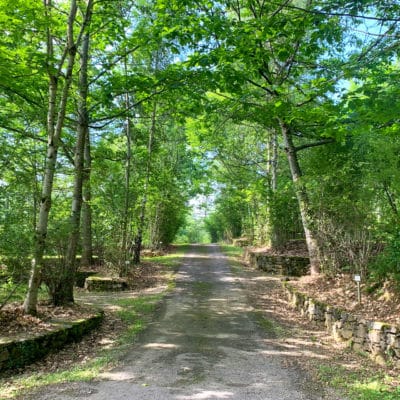
Chemin du camping
Starting from La Serre eco-campground, a 3.5 km hiking trail awaits ...

Karting
Just a stone's throw from the campsite, the Circuit Matthieu Vidal ...
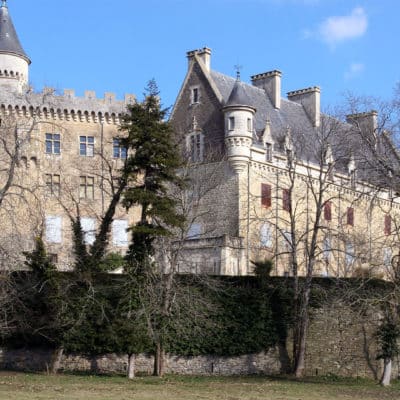
Château de Léran
Discover Château de Léran, an architectural gem nestled in France, combining ...

Canoeing and rafting
Discover the rivers of the Ariège and explore the Midi-Pyrénées Occitanie ...
Appy Parc: The ultimate family adventure at Lac de Montbel
Nestled in the picturesque setting of Lac de Montbel, Appy Parc ...
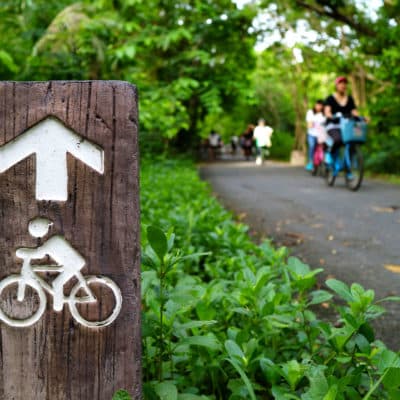
Voie verte in the Cathar Pyrenees
The Voie Verte en Pyrénées Cathares, a 38 km trail, offers ...
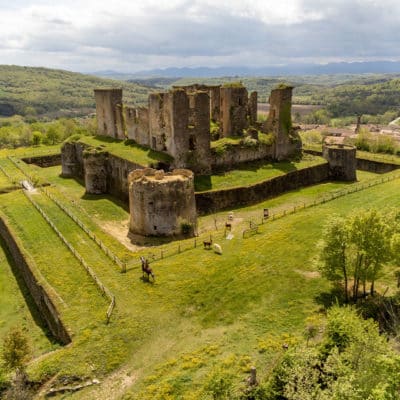
Château de Lagarde
Discover Château de Lagarde, a historic 11th-century bastion in Ariège, near ...
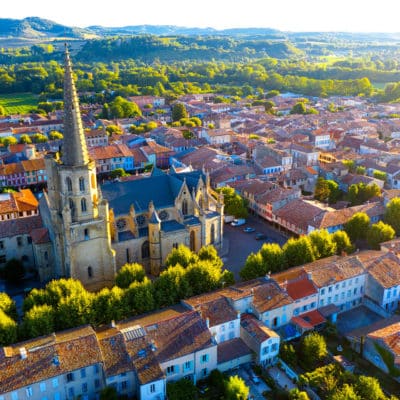
Mirepoix and its fortified town
The town of Mirepoix, a hidden treasure in the Cathar Pyrenees, ...
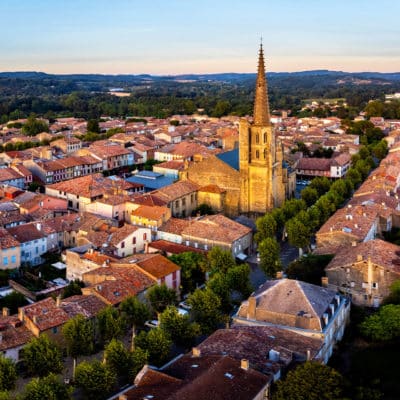
Saint-Maurice de Mirepoix Cathedral
The Cathédrale Saint-Maurice de Mirepoix, built after the devastating flood of ...
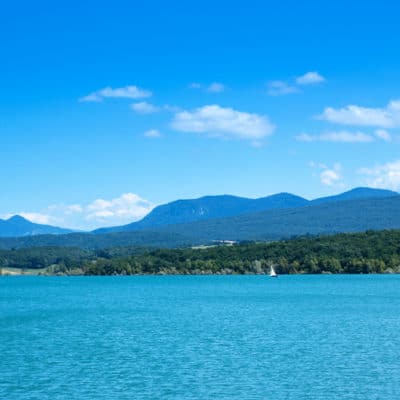
Tour of Lac de Montbel
The tour of Lac de Montbel, a 16 km trail accessible ...
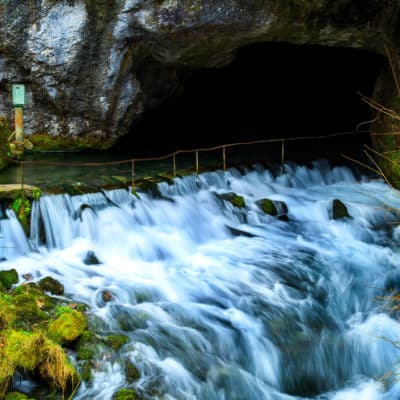
Fontestorbes intermittent fountain
Just 17.6 km from the campsite, the intermittent Fontestorbes fountain, accessible ...

Accrobranche
Crapahut Parc Aventure is the perfect destination for a day of ...
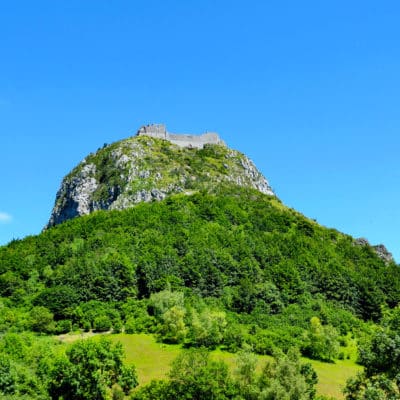
Montsegur Castle
Discover the Château de Montségur, an emblematic 13th-century monument to Cathar ...
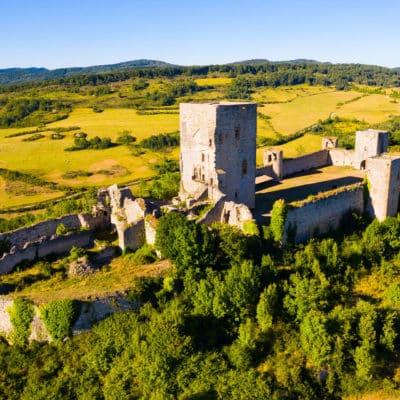
Puivert Castle
Immerse yourself in the fascinating world of Château de Puivert, an ...
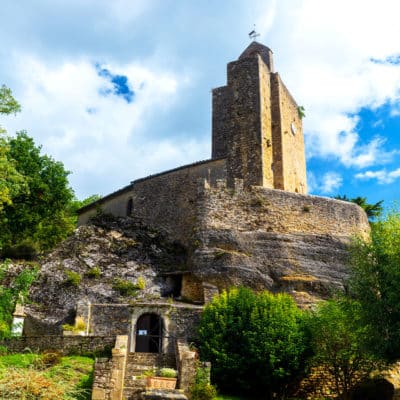
Vals rock church
Discover the rock church of Vals, a unique and fascinating sanctuary ...

Paragliding
Enjoy an extraordinary aerial experience with Ariège Parapente. Under the direction ...
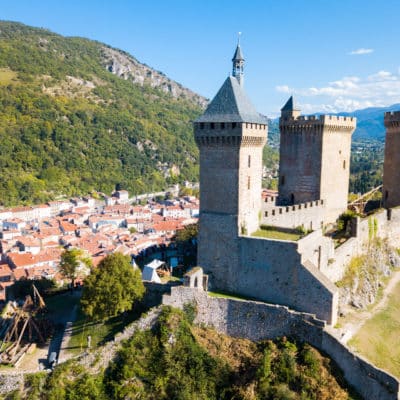
Foix Castle
The Château de Foix, a historic site dating back to the ...

Natural immersion at Bamboo Park
The Parc aux Bambous, a green setting in the Ariège region ...

Rock and Roll Rafting : The Ultimate Rafting Experience in Ariège
Dive into adventure with Rock and Roll Rafting, your partner for ...
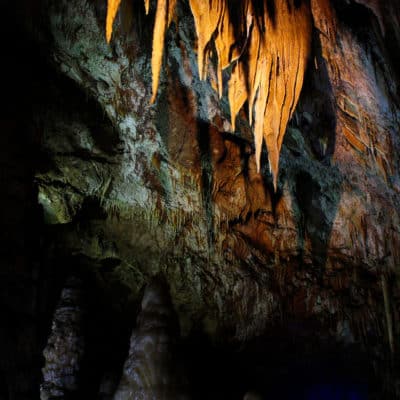
Labouiche underground river
Just 45 minutes from the campsite, embark on an exceptional cruise ...
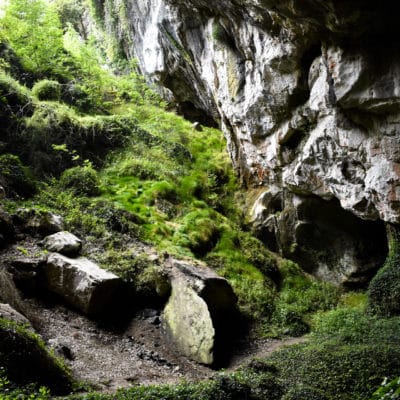
Lombrives cave
Just 40 minutes from the campsite, the Grotte de Lombrives, Europe's ...
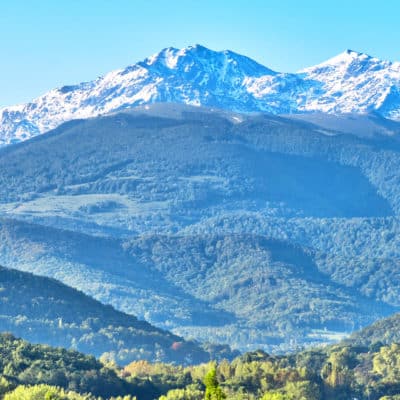
Camurac leisure centre
Base de loisirs de Camurac - Soularac Évasion offers an adventure ...

Adventure in Ariège with Ariège Evasion
Ariège Evasion welcomes you for unforgettable adventures on the rivers and ...
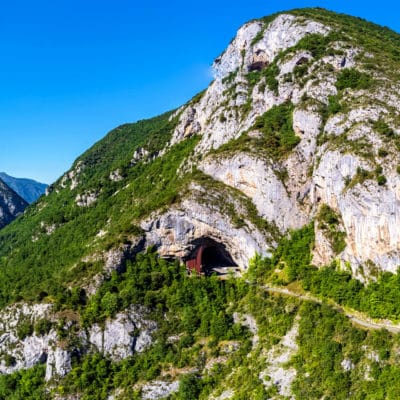
Niaux cave
The Niaux cave, just 45 minutes from your campsite, is a ...

Discover the Unique Rafting Adventure with Crazy Raft in Axat
In the heart of the Aude Pyrenees, Crazy Raft in Axat ...
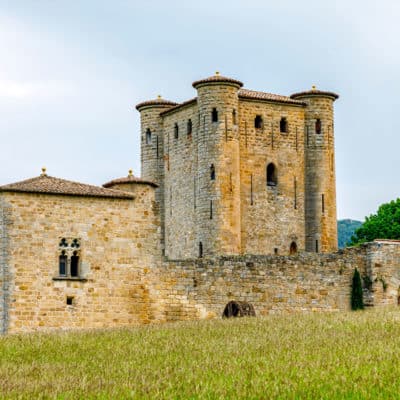
Château d’Arques
Explore Château d'Arques, an architectural gem from the 12th and 14th ...
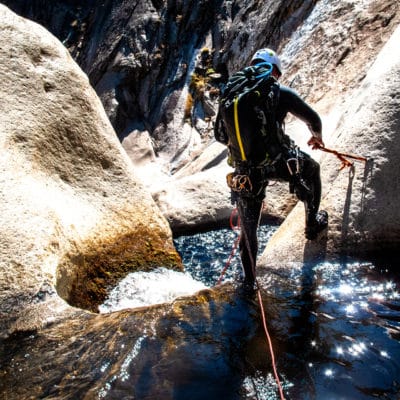
Explore the caves and canyons of Auzat for an unforgettable adventure in Ariège
The caves and canyons of Auzat, nestled in the heart of ...
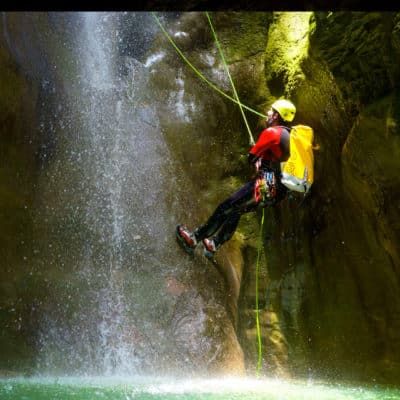
Caving and canyoning
Embark on a unique adventure with Caverne & Canyon, exploring the ...
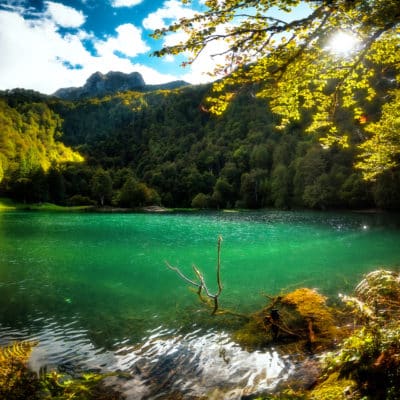
Dive into Adventure at Aquazone Carla Bayle
Ariège Evasion welcomes you for unforgettable adventures on the rivers and ...
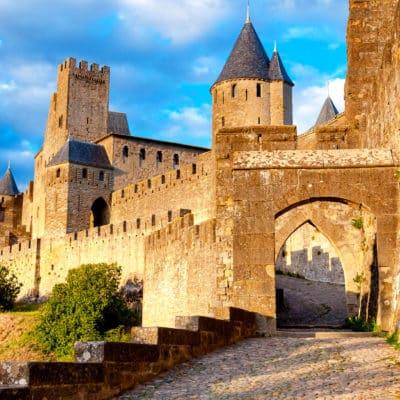
The City of Carcassonne
Explore the majestic Cité de Carcassonne, a medieval gem in the ...
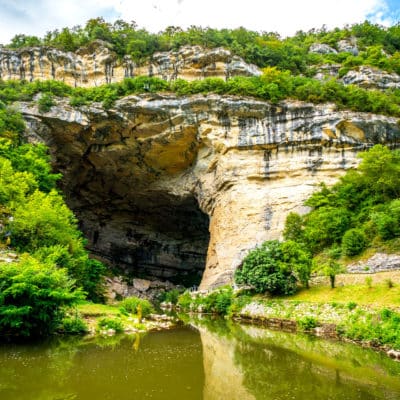
Mas d’Azil cave
Just an hour from the campsite, the Grotte du Mas d'Azil ...














